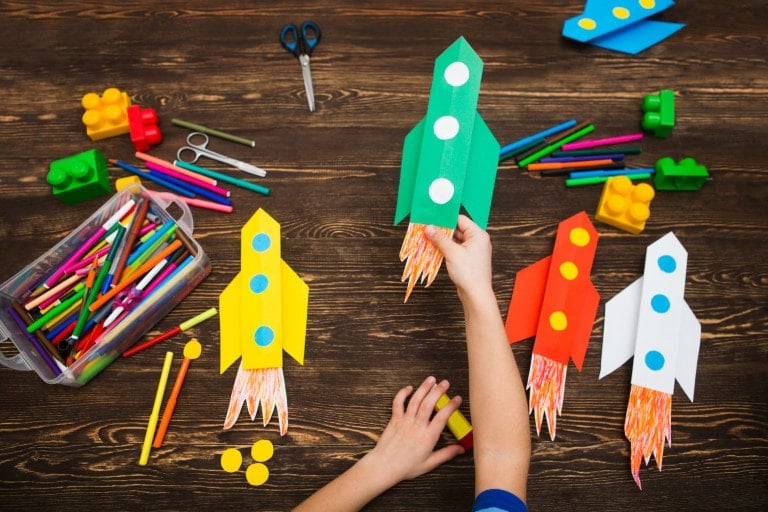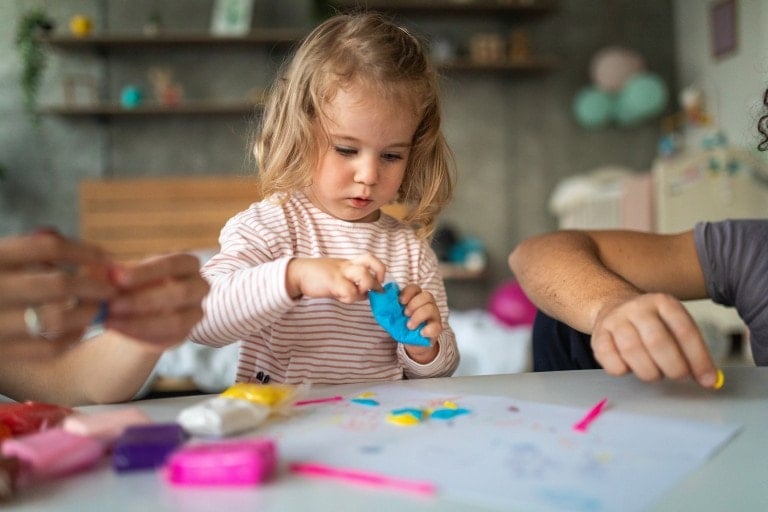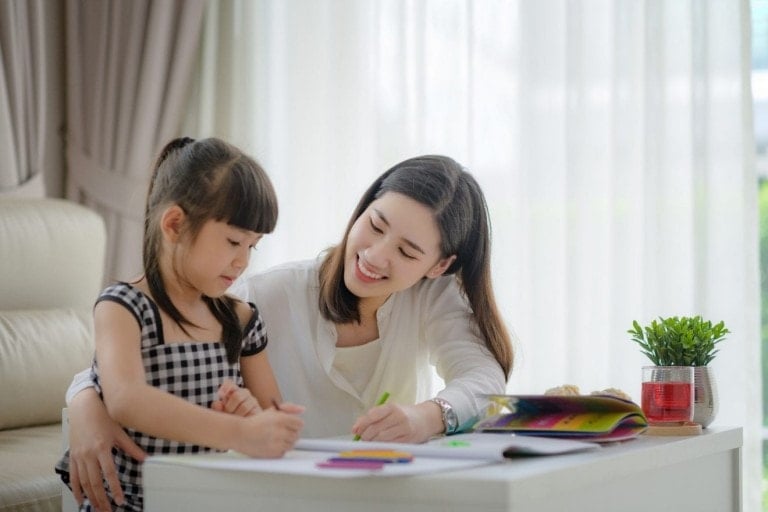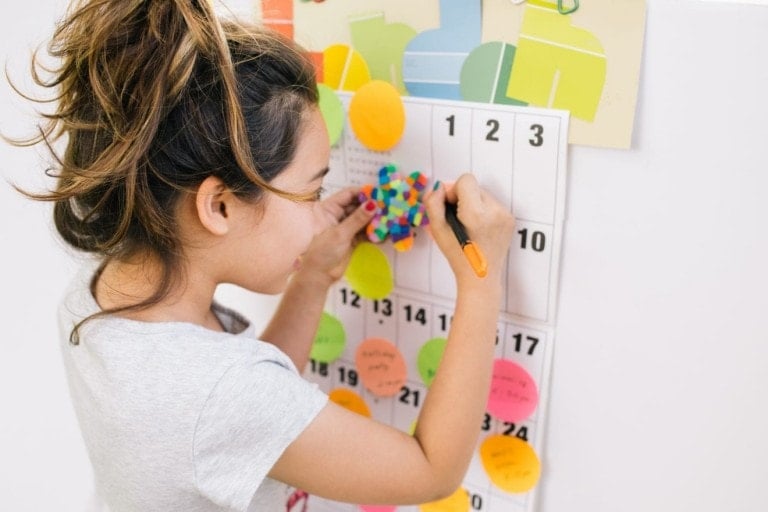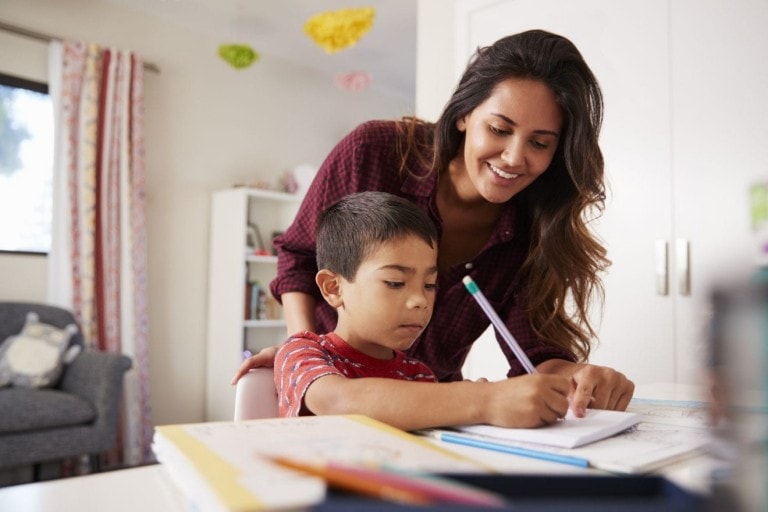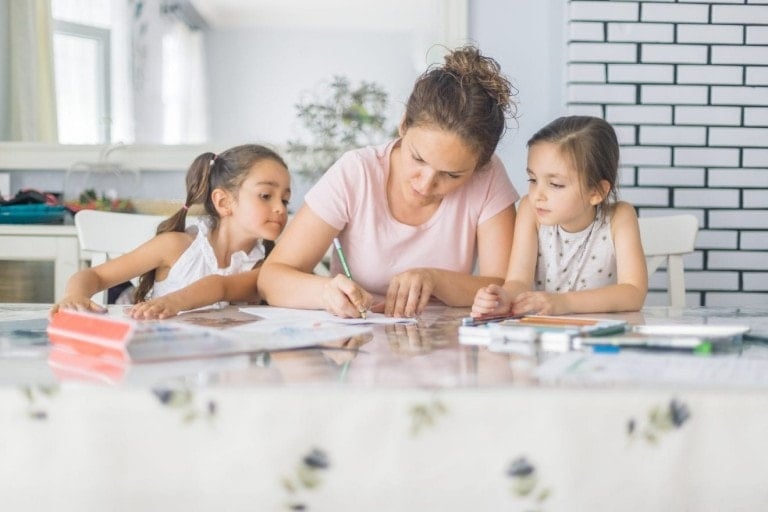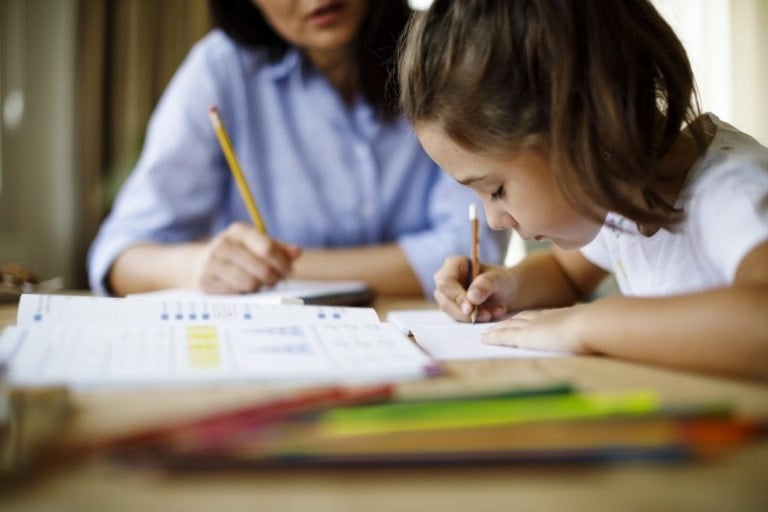First, let’s start with what homeschooling is and isn’t. For many experienced homeschoolers, educating children at home is not always an “at home” process. It’s about exploring the world, building relationships with other homeschoolers, participating in group projects and activities outside the home, attending performances, exploring museums, and going on countless field trips.
So, we’re not all suddenly homeschooling. This is isolation schooling.
What homeschooling also isn’t is distance or remote learning. School districts across the country are scrambling to identify ways to finish the school year by having students participate through Google classroom, Zoom, and other remote learning methods. It might work, but it might not. School districts may cancel school for the rest of the year or offer a significantly reduced academic load.
Then, there’s online learning. These are educational platforms developed specifically for students to learn at home. Some of them adopt the same standards as school districts. Others simply offer various learning tools covering the basics (ELA, Math, Science, Social Studies) and other subjects (coding, languages, art). Many of these platforms include ways to track and measure a student’s success.
Tips for the Accidental Homeschooler
So, what are you going to do? Here are some tips for the accidental homeschooler trying to figure out the next steps if schools shut down for the rest of the year.
Unschooling.
Try “unschooling” for a couple of weeks. Does this seem crazy? No. This is a very stressful time for the whole family. Unschooling is simply allowing your child to naturally gravitate toward their own interests and giving them the space to explore them in their own ways, on their own terms.1 This philosophy may go against your immediate need to control an uncontrollable situation. But resist the urge to get something done. Let it go.
Planning with kids.
Involve your kids in planning their own curriculum and learning space. What do they want to learn about? How do they want to structure the day? Where is the most comfortable space to learn? When you start homeschooling, involving them in the planning will help them have ownership of their education.
Be observant.
Your ideas about education and what kids need to thrive academically may drastically change. You will see sides of your children you’ve never seen before. You may realize for the first time that your son is fascinated by patterns or numbers. You may notice your daughter loves to take things apart and put them back together. Notice the experiences they naturally focus on and give them more opportunities to move in those directions.
Avoid confrontations and arguments.
If your child is resisting an assignment you’ve created, then find something else to do. Emotionally, they need you as a safe harbor during uncertain times. No worksheet or online lesson is worth the breakdown of your relationship. You don’t need them to “buckle down.” You need them to approach learning in an entirely new way. Switch gears when necessary and often if you need to. This is not “giving in.” This is discovering what works and what doesn’t.
Schedule time to learn about subjects beyond the basics.
Find online lesson plans that explore medicine, health, hygiene, economics, and the natural world during a national health crisis. And don’t forget the important roles of art, music, and literature during times of crisis. The artists of the world help all of us get through tough times.
Go slow.
Kids are at school all day. You may be surprised to learn that you don’t need that much time when you start homeschooling. Subject lessons shouldn’t be more than 15-20 minutes for young kids and about 20-40 minutes for older kids. Most homeschooling families don’t go beyond 2-3 hours a day for elementary school kids and about 3-4 hours a day for older children, with plenty of breaks built in. Every child is unique; some may want to spend more time writing their stories, reading, watching nature videos online, or working on a project.
Follow their interests.
In my experience, if a child would instead work for three hours on building something than complete a couple of lessons, don’t break their concentration. Let them dig deeper into their projects and change the schedule for the day. If they express an interest—let’s say dragons— build core subject lessons around those. For example, create word problems for math that include lots of dragons. For science, search online for “dragon science experiment,” and you’ll find plenty of options. For language arts, search for stories about dragons and have them write a poem. Interest-based learning keeps kids engaged.
Calm down.
Seriously. This is important. Know that your kids will not “fall behind.” You may be pleasantly surprised that their interest in learning has taken a nice turn. Many homeschooled students report that they were always interested in learning while they were not interested in school. So, take that approach. Don’t try to replicate your child’s school. Just give them the space and support they need to learn.
The good news is there are limitless free and low-cost educational apps and supports available online. Start with your local library’s free online resources, then join your local Facebook homeschooling group to connect with other parents with experience. You can do it!




















